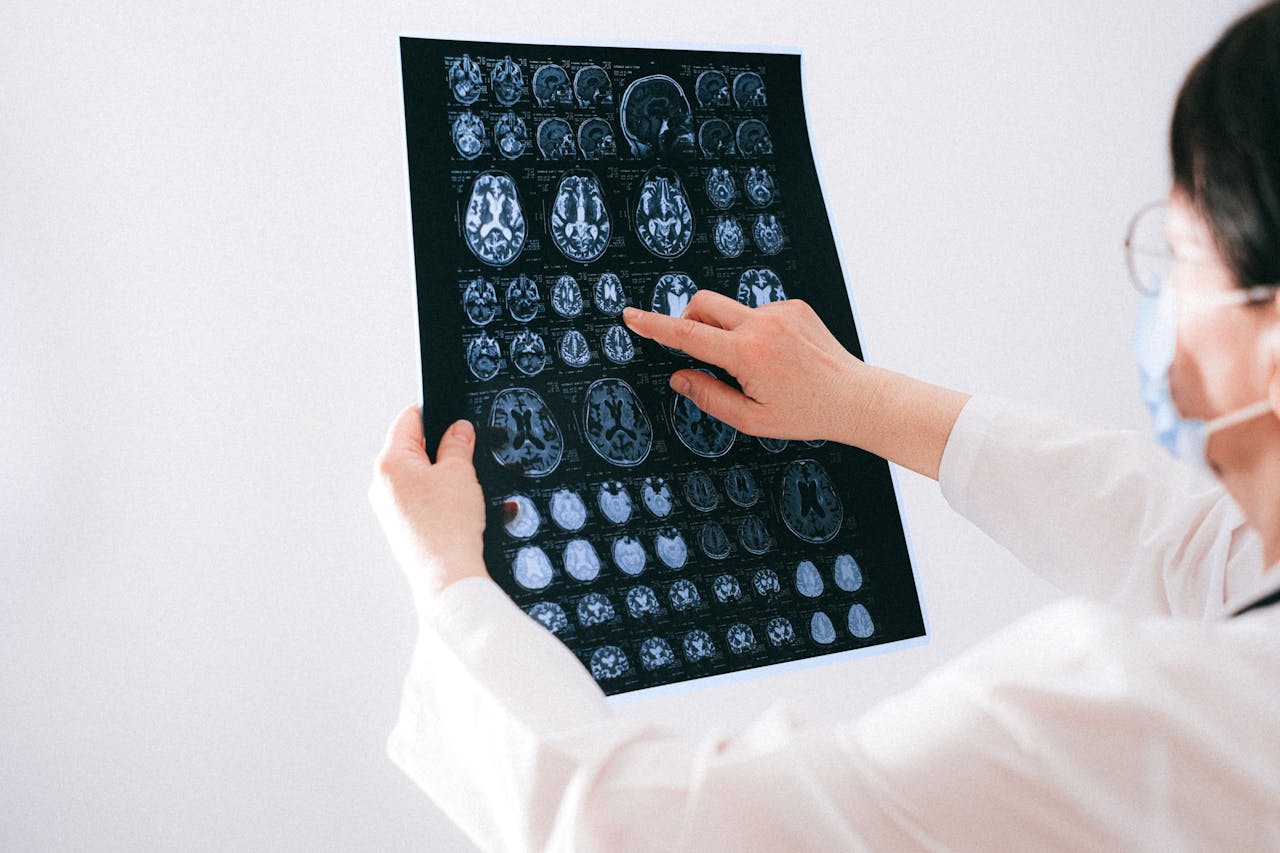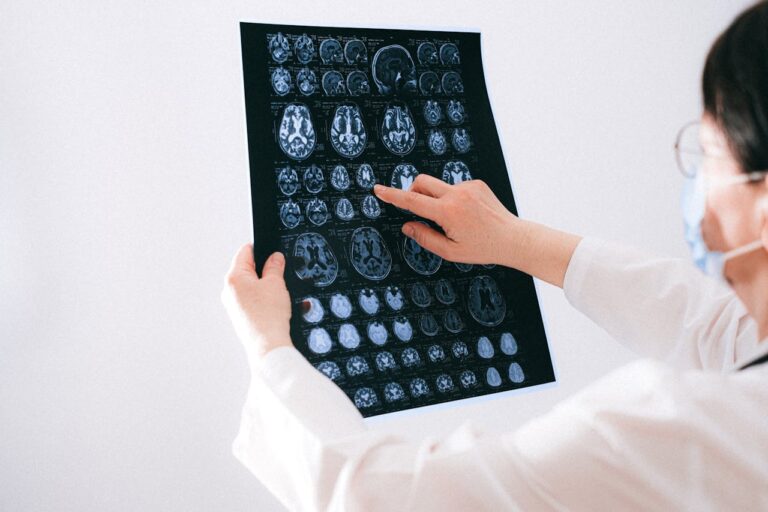
In recent years, psychiatrists and neuroscientists have begun to observe a startling phenomenon: individuals developing psychotic-like symptoms seemingly linked to artificial intelligence technologies. Termed “AI psychosis,” this emerging condition reflects how excessive interaction with intelligent systems—ranging from chatbots to generative AI models—can blur the line between human and machine, potentially distorting one’s perception of reality.
If you’ve been spending countless hours immersed in algorithm-driven spaces—be it chatting with bots, scrolling through AI-curated feeds, or generating content—you might have noticed subtle psychological effects. While technology has long shaped how we think and feel, AI represents a new level of intimacy and cognitive influence. For individuals struggling with intrusive thoughts or paranoia related to technology, early evaluation at a psychiatrist clinic Singapore can help identify underlying conditions and provide evidence-based support.
What Exactly Is “AI Psychosis”?
“AI psychosis” isn’t yet a formal psychiatric diagnosis—but it’s a growing area of concern among clinicians. It describes a state in which prolonged exposure to or interaction with AI systems contributes to distorted thinking, delusional beliefs, or heightened anxiety.
Some individuals may begin to believe AI is communicating specifically with them, reading their thoughts, or monitoring their actions. Others report auditory or visual hallucinations associated with technological devices—such as hearing AI-generated voices or perceiving hidden messages in algorithmic outputs.
While these symptoms overlap with traditional psychotic disorders such as schizophrenia, the trigger appears to involve prolonged digital immersion and a weakened distinction between artificial intelligence and human consciousness.
Why AI Interaction Affects the Human Mind
AI technologies operate using vast data patterns, predictive modeling, and increasingly human-like responses. When users engage deeply with such systems, especially for emotional or cognitive support, the brain may begin attributing intentionality and consciousness to the machine—a process called anthropomorphism.
1. The Human Brain Seeks Meaning
Humans are wired to find patterns and assign intent. When a chatbot replies in an emotionally attuned or eerily specific way, it can activate neural circuits related to empathy, trust, and social bonding. Over time, heavy users might perceive AI systems as sentient or personally connected to them.
2. Echo Chambers and Cognitive Reinforcement
Social media and content algorithms curate experiences tailored to one’s preferences and biases. This “digital mirroring” reinforces beliefs and isolates users from alternative perspectives. In vulnerable individuals, this can fuel paranoia or delusions of reference—the belief that external content is directed specifically at them.
3. Sleep Deprivation and Overstimulation
AI-driven apps, games, and platforms often promote continuous engagement through dopamine-triggering feedback loops. Chronic overstimulation and lack of restorative sleep impair cognitive control, increasing susceptibility to psychotic symptoms in predisposed individuals.
Early Warning Signs to Watch For
Psychiatrists emphasize that AI psychosis develops gradually. Recognizing early warning signs is key to timely intervention:
- Persistent belief that an AI system has awareness, emotions, or intentions
- Feeling monitored or manipulated through technology or digital devices
- Auditory or visual hallucinations involving digital themes or “machine voices”
- Severe anxiety related to being online or using technology
- Withdrawal from real-life relationships in favor of digital communication
- Confusion between real and generated content, leading to distorted memories or perceptions
If these symptoms persist for more than a few days or interfere with functioning, a comprehensive psychiatric evaluation is crucial. Psychiatrists can differentiate between psychosis stemming from primary mental illness (like schizophrenia or bipolar disorder) and technology-induced delusional states.
The Neuroscience Behind AI-Related Delusions
Modern imaging studies show that psychosis involves hyperactivity in brain regions governing salience—the mechanism that determines what information feels meaningful or relevant. When overactive, neutral stimuli (like random digital notifications or AI replies) can feel deeply significant or personalized.
AI interfaces—especially conversational ones—intensify this effect by generating contextually appropriate and emotionally resonant responses. The result is a feedback loop: the more the brain perceives meaning, the more it seeks confirmation, reinforcing delusional thinking.
Furthermore, dopamine dysregulation, central to psychotic disorders, plays a role. Continuous exposure to digital reward mechanisms (likes, responses, notifications) primes the dopamine system, potentially lowering the threshold for abnormal salience detection and psychotic experiences.
Risk Factors: Who’s Most Vulnerable?
While AI psychosis remains rare, certain individuals face higher risk:
- People with pre-existing mental health conditions, especially schizophrenia-spectrum or bipolar disorders
- Individuals under chronic stress or sleep deprivation
- Those engaging in excessive screen time (10+ hours daily)
- Isolated individuals using AI as a substitute for human interaction
- Younger users with still-developing cognitive boundaries between virtual and real worlds
It’s also important to recognize that not all AI-related distress qualifies as psychosis. Some individuals experience AI anxiety, characterized by overwhelming fear of surveillance or replacement by technology. Though non-psychotic, it can still cause significant distress requiring clinical support.
How Psychiatrists Approach Treatment
Treatment involves a combination of psychological therapy, lifestyle modification, and medical management where needed. The goal is to restore a clear boundary between digital stimuli and real-world perception.
1. Psychoeducation and Digital Hygiene
Patients learn how algorithms, chatbots, and AI models actually function—disarming the illusion of human intent. Structured education helps reduce magical thinking and re-establish rational understanding of technology.
2. Cognitive-Behavioral Therapy (CBT)
CBT helps challenge distorted beliefs and rebuild reality testing. Therapists work with patients to identify triggers (like late-night AI interaction) and replace maladaptive thoughts with balanced perspectives.
3. Medication
In cases where psychosis is evident, psychiatrists may prescribe antipsychotic medications to stabilize neurotransmitter activity, particularly dopamine. These medications help regulate salience processing, allowing clearer perception of reality.
4. Gradual Digital Reintroduction
Once stability improves, patients work on re-establishing healthy digital boundaries—using technology purposefully rather than compulsively. Timed exposure and mindfulness exercises help rebuild control and self-awareness.
Societal Implications: When Technology Crosses the Line
AI psychosis highlights deeper ethical and societal questions: What responsibility do developers have in designing psychologically safe technologies? Should there be clinical guidelines for AI use among vulnerable populations?
AI models are becoming increasingly human-like, with voice synthesis, emotional tone modulation, and personality simulation. Without safeguards, users may unconsciously form emotional attachments or delusional beliefs about these entities.
Mental health professionals are now advocating for digital mental health literacy—educating the public on how AI systems work, what they can and cannot do, and how to use them responsibly.
Also Read: The Role of Psychiatrists in Mental Health Diagnosis
Final Thoughts
AI psychosis represents more than just a new psychiatric curiosity—it’s a mirror reflecting humanity’s deep psychological entanglement with technology. The same intelligence that simplifies life also reshapes how we perceive it.
As AI becomes embedded in daily existence, distinguishing human thought from algorithmic influence will only grow more challenging.
Recognizing early signs of digital-induced psychological stress—and seeking timely help from mental health professionals—remains essential.
Technology is evolving, but so must our understanding of the mind.








